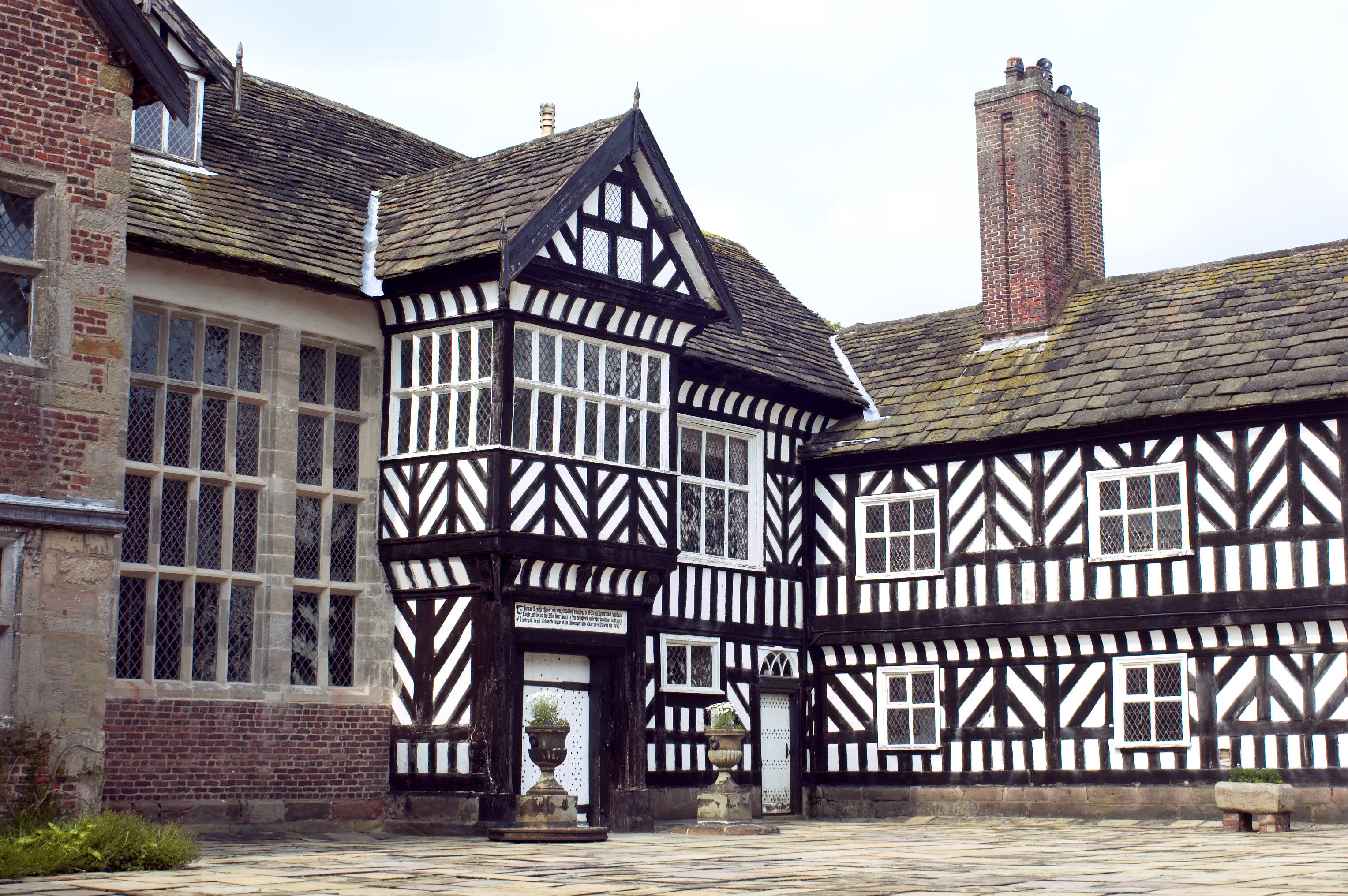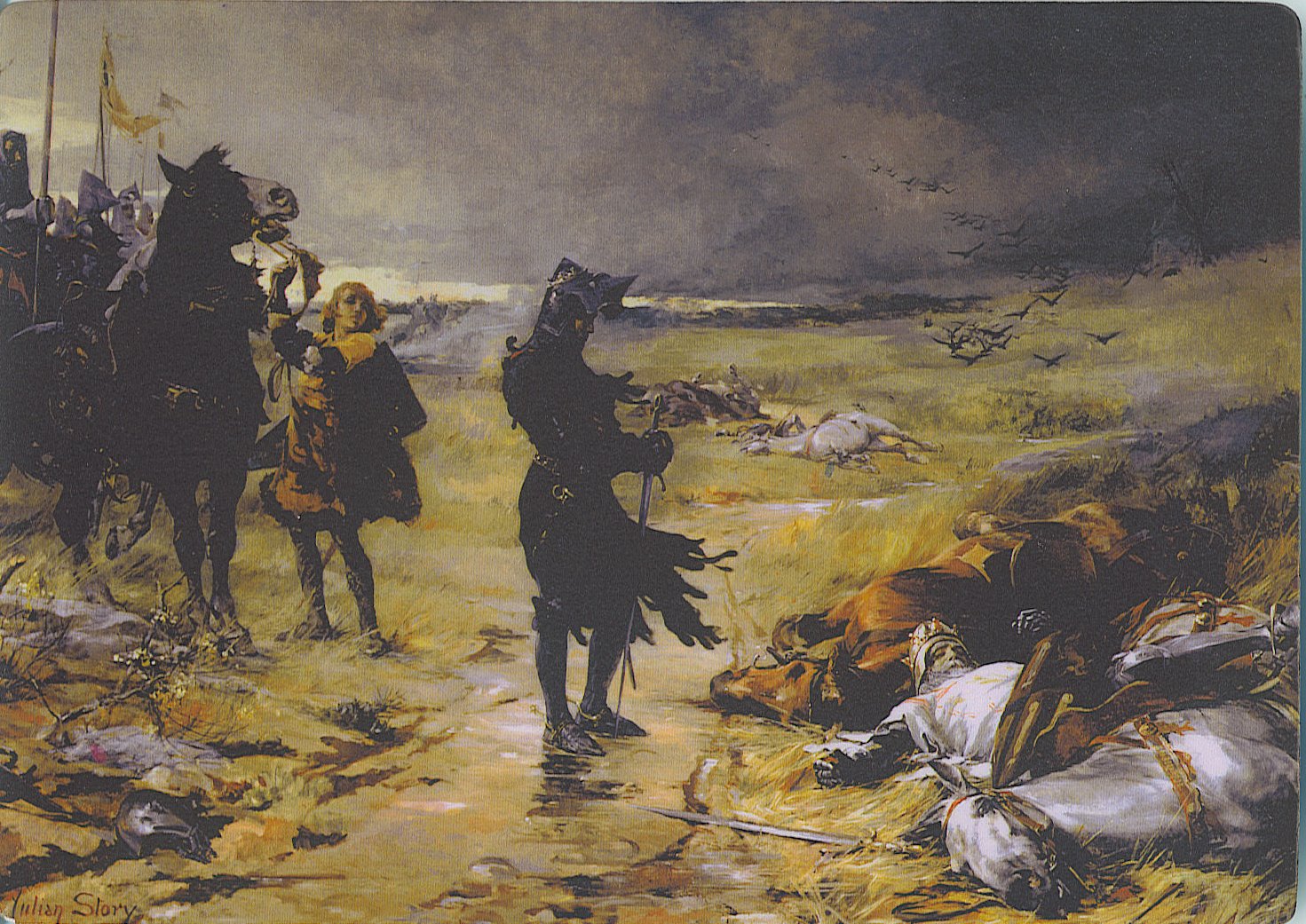|
Leghs Of Adlington
The Leghs of Adlington were established by Robert de Leigh who inherited the lordship of the manor of Adlington from his mother Elena de Corona (''née'' de Baguley). His father, John de Leigh, who was lord of the manor of Over Knutsford and seated at Norbury Booths, descended in the male line from the Venable family. Robert de Leigh, lieutenant to Sir Thomas de Ferrers “Lieutenant of the Prince’s Bachelor”, was a Riding-Forester of the Forest of Macclesfield, Bailiff of the Hundred of Macclesfield and a Justice in Eyre for Cheshire. Robert de Legh, the second in succession, was one of the Black Prince's Esquires. Sir Robert Legh the third in succession was knighted during the reign of Richard II. He was twice Sheriff of Cheshire. He fought at the Battle of Shrewsbury in 1403 against Henry IV. Robert Legh the fourth in succession was preparing to take part in the Battle of Agincourt but died of pestilence ten days before the battle. Some years after the d ... [...More Info...] [...Related Items...] OR: [Wikipedia] [Google] [Baidu] |
Adlington Hall
Adlington Hall is a country house near Adlington, Cheshire. The oldest part of the existing building, the Great Hall, was constructed between 1480 and 1505; the east wing was added in 1581. The Legh family has lived in the hall and in previous buildings on the same site since the early 14th century. After the house was occupied by Parliamentary forces during the Civil War, changes were made to the north wing, including encasing the Great Hall in brick, inserting windows, and installing an organ in the Great Hall. In the 18th century the house was inherited by Charles Legh who organised a series of major changes. These included building a new west wing, which incorporated a ballroom, and a south wing with a large portico. It is possible that Charles Legh himself was the architect for these additions. He also played a large part in planning and designing the gardens, woodland and parkland, which included a number of buildings of various types, including a bridge ... [...More Info...] [...Related Items...] OR: [Wikipedia] [Google] [Baidu] |
Forester
A forester is a person who practises forestry, the science, art, and profession of managing forests. Foresters engage in a broad range of activities including ecological restoration and management of protected areas. Foresters manage forests to provide a variety of objectives including direct extraction of raw material, outdoor recreation, conservation, hunting and aesthetics. Emerging management practices include managing forestlands for biodiversity, carbon sequestration and air quality. Many people confuse the role of the forester with that of the logger, but most foresters are concerned not only with the harvest of timber, but also with the sustainable management of forests. The forester Jack C. Westoby remarked that "forestry is concerned not with trees, but with how trees can serve people". Career United States The median salary of foresters in the United States was $53,750, in 2008. Beginning foresters without bachelor's degrees make considerably less. Those with ... [...More Info...] [...Related Items...] OR: [Wikipedia] [Google] [Baidu] |
Battle Of Agincourt
The Battle of Agincourt ( ; french: Azincourt ) was an English victory in the Hundred Years' War. It took place on 25 October 1415 ( Saint Crispin's Day) near Azincourt, in northern France. The unexpected English victory against the numerically superior French army boosted English morale and prestige, crippled France, and started a new period of English dominance in the war that would last for 14 years until France defeated England in the Siege of Orléans in 1429. After several decades of relative peace, the English had resumed the war in 1415 amid the failure of negotiations with the French. In the ensuing campaign, many soldiers died from disease, and the English numbers dwindled; they tried to withdraw to English-held Calais but found their path blocked by a considerably larger French army. Despite the numerical disadvantage, the battle ended in an overwhelming victory for the English. King Henry V of England led his troops into battle and participated in hand-to-hand ... [...More Info...] [...Related Items...] OR: [Wikipedia] [Google] [Baidu] |
Henry IV Of England
Henry IV ( April 1367 – 20 March 1413), also known as Henry Bolingbroke, was King of England from 1399 to 1413. He asserted the claim of his grandfather King Edward III, a maternal grandson of Philip IV of France, to the Kingdom of France. Henry was the first English ruler since the Norman Conquest, over three hundred years prior, whose mother tongue was English rather than French. Henry was the son of John of Gaunt, Duke of Lancaster, himself the son of Edward III. John of Gaunt was a power in England during the reign of Henry's cousin Richard II. Henry was involved in the revolt of the Lords Appellant against Richard in 1388, resulting in his exile. After John died in 1399, Richard blocked Henry's inheritance of his father's duchy. That year, Henry rallied a group of supporters, overthrew and imprisoned Richard II, and usurped the throne, actions that later would lead to what is termed the Wars of the Roses and a more stabilized monarchy. As king, Henry faced a ... [...More Info...] [...Related Items...] OR: [Wikipedia] [Google] [Baidu] |
Battle Of Shrewsbury
The Battle of Shrewsbury was a battle fought on 21 July 1403, waged between an army led by the Lancastrian King Henry IV and a rebel army led by Henry "Harry Hotspur" Percy from Northumberland. The battle, the first in which English archers fought each other on English soil, reaffirmed the effectiveness of the longbow and ended the Percy challenge to King Henry IV of England. Part of the fighting is believed to have taken place at what is now Battlefield, Shropshire, England, three miles (5 km) north of the centre of Shrewsbury. It is marked today by Battlefield Church and Battlefield Heritage Park. Background The Percys had previously supported Henry IV in a war against King Richard II of England, which ended when Henry IV took the throne in 1399. The Percys subsequently supported Henry IV in Wales, early in the rebellion of Owain Glyndŵr, and in Scotland, in both negotiations and conflict against the Scots. King Henry IV had been supported by a number of wealthy la ... [...More Info...] [...Related Items...] OR: [Wikipedia] [Google] [Baidu] |
Richard II Of England
Richard II (6 January 1367 – ), also known as Richard of Bordeaux, was King of England from 1377 until he was deposed in 1399. He was the son of Edward the Black Prince, Prince of Wales, and Joan, Countess of Kent. Richard's father died in 1376, leaving Richard as heir apparent to his grandfather, King Edward III; upon the latter's death, the 10-year-old Richard succeeded to the throne. During Richard's first years as king, government was in the hands of a series of regency councils, influenced by Richard's uncles John of Gaunt and Thomas of Woodstock. England then faced various problems, most notably the Hundred Years' War. A major challenge of the reign was the Peasants' Revolt in 1381, and the young king played a central part in the successful suppression of this crisis. Less warlike than either his father or grandfather, he sought to bring an end to the Hundred Years' War. A firm believer in the royal prerogative, Richard restrained the power of the aristocracy ... [...More Info...] [...Related Items...] OR: [Wikipedia] [Google] [Baidu] |
Knight
A knight is a person granted an honorary title of knighthood by a head of state (including the Pope) or representative for service to the monarch, the church or the country, especially in a military capacity. Knighthood finds origins in the Greek ''hippeis'' and ''hoplite'' (ἱππεῖς) and Roman '' eques'' and ''centurion'' of classical antiquity. In the Early Middle Ages in Europe, knighthood was conferred upon mounted warriors. During the High Middle Ages, knighthood was considered a class of lower nobility. By the Late Middle Ages, the rank had become associated with the ideals of chivalry, a code of conduct for the perfect courtly Christian warrior. Often, a knight was a vassal who served as an elite fighter or a bodyguard for a lord, with payment in the form of land holdings. The lords trusted the knights, who were skilled in battle on horseback. Knighthood in the Middle Ages was closely linked with horsemanship (and especially the joust) from its origins in the 12 ... [...More Info...] [...Related Items...] OR: [Wikipedia] [Google] [Baidu] |
Esquire
Esquire (, ; abbreviated Esq.) is usually a courtesy title. In the United Kingdom, ''esquire'' historically was a title of respect accorded to men of higher social rank, particularly members of the landed gentry above the rank of gentleman and below the rank of knight. Some sources cite that the title was bestowed on "candidates for knighthood in England," and even used with respect to other dignitaries, such as justices of the peace, sheriffs, and sergeants. According to research by a New York City Bar Association committee, in the United States, esquire over time came to refer "commonly and exclusively" to lawyers, but how that happened is unclear. The only certainty, the committee stated, is that "based on common usage it is fair to state that if the title appears after a person’s name, that person may be presumed to be a lawyer". The 1826 edition of William Blackstone's ''Commentaries on the Laws of England'' reiterated that "the title should be limited to those only ... [...More Info...] [...Related Items...] OR: [Wikipedia] [Google] [Baidu] |
Edward, The Black Prince
Edward of Woodstock, known to history as the Black Prince (15 June 1330 – 8 June 1376), was the eldest son of King Edward III of England, and the heir apparent to the English throne. He died before his father and so his son, Richard II, succeeded to the throne instead. Edward nevertheless earned distinction as one of the most successful English commanders during the Hundred Years' War, being regarded by his English contemporaries as a model of chivalry and one of the greatest knights of his age. Edward was made Duke of Cornwall, the first English dukedom, in 1337. He was guardian of the kingdom in his father's absence in 1338, 1340, and 1342. He was created Prince of Wales in 1343 and knighted by his father at La Hougue in 1346. In 1346, Prince Edward commanded the vanguard at the Battle of Crécy, his father intentionally leaving him to win the battle. He took part in Edward III's 1349 Calais expedition. In 1355, he was appointed the king's lieutenant in Gascony, and or ... [...More Info...] [...Related Items...] OR: [Wikipedia] [Google] [Baidu] |
Justice In Eyre
In English law, the justices in eyre were the highest magistrates, and presided over the ''court of justice-seat'', a triennial court held to punish offenders against the forest law and enquire into the state of the forest and its officers ('' eyre'', meaning "circuit", refers to the movement of the court between the different royal forests). Technically, the two justices were referred to as ''citra'' and ''ultra'' Trent (on the same side or across the River Trent), depending on where the royal court was held at the time, but are usually referred to in absolute geographical terms ''north'' and ''south''. A holder was earlier usually referred to as a "justice of the forest" until the reign of Henry VIII, when the title of "justice in eyre" prevailed, except from 1311 to 1397, when they were usually styled "warden of the forest". However, they were "justices in eyre" in the Treason Act 1351 (under which it was high treason to kill them in the execution of their office). Henry d ... [...More Info...] [...Related Items...] OR: [Wikipedia] [Google] [Baidu] |




